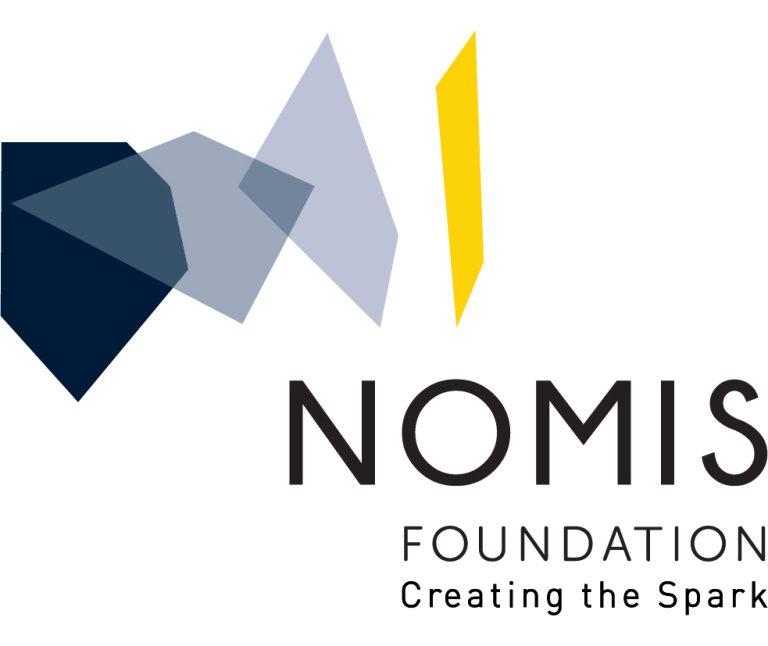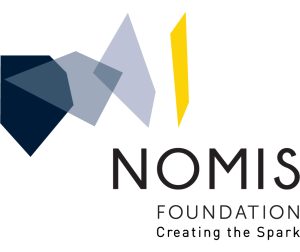Most cryospheric ecosystems are energy limited. How their energetics will respond to climate change remains largely unknown. This is particularly true for glacier-fed streams, which interface with the cryosphere and initiate some of Earth’s largest river systems. Here, by studying resource stoichiometry and microbial energetics in 154 glacier-fed streams sampled by the Vanishing Glaciers project across Earth’s major mountain ranges, we show that these ecosystems and their benthic microbiome are overall carbon and phosphorus limited. Threshold elemental ratios and low carbon use efficiencies (median: 0.15) modelled from extracellular enzymatic activities corroborate resource limitation in agreement with maintenance metabolism of benthic microorganisms. Space-for-time substitution analyses suggest that glacier shrinkage will stimulate benthic primary production in glacier-fed streams, thereby relieving microbial metabolism from carbon limitation. Concomitantly, we find that increasing streamwater temperature will probably stimulate microbial growth (temperature sensitivity: 0.62 eV). Consequently, elevated microbial demands for phosphorus, but diminishing inputs from subglacial sources, may intensify phosphorus limitation as glaciers shrink. Our study thus unveils a ‘green transition’ towards autotrophy in the world’s glacier-fed streams, entailing shifts in the energetics of their microorganisms.
Importance Sepsis is a leading cause of death among children worldwide. Current pediatric-specific criteria for sepsis were published in 2005 based on expert opinion. In 2016, the Third International Consensus Definitions for Sepsis and Septic Shock (Sepsis-3) defined sepsis as life-threatening organ dysfunction caused by a dysregulated host response to infection, but it excluded children.
Objective To update and evaluate criteria for sepsis and septic shock in children.
Evidence Review The Society of Critical Care Medicine (SCCM) convened a task force of 35 pediatric experts in critical care, emergency medicine, infectious diseases, general pediatrics, nursing, public health, and neonatology from 6 continents. Using evidence from an international survey, systematic review and meta-analysis, and a new organ dysfunction score developed based on more than 3 million electronic health record encounters from 10 sites on 4 continents, a modified Delphi consensus process was employed to develop criteria.
Findings Based on survey data, most pediatric clinicians used sepsis to refer to infection with life-threatening organ dysfunction, which differed from prior pediatric sepsis criteria that used systemic inflammatory response syndrome (SIRS) criteria, which have poor predictive properties, and included the redundant term, severe sepsis. The SCCM task force recommends that sepsis in children be identified by a Phoenix Sepsis Score of at least 2 points in children with suspected infection, which indicates potentially life-threatening dysfunction of the respiratory, cardiovascular, coagulation, and/or neurological systems. Children with a Phoenix Sepsis Score of at least 2 points had in-hospital mortality of 7.1% in higher-resource settings and 28.5% in lower-resource settings, more than 8 times that of children with suspected infection not meeting these criteria. Mortality was higher in children who had organ dysfunction in at least 1 of 4—respiratory, cardiovascular, coagulation, and/or neurological—organ systems that was not the primary site of infection. Septic shock was defined as children with sepsis who had cardiovascular dysfunction, indicated by at least 1 cardiovascular point in the Phoenix Sepsis Score, which included severe hypotension for age, blood lactate exceeding 5 mmol/L, or need for vasoactive medication. Children with septic shock had an in-hospital mortality rate of 10.8% and 33.5% in higher- and lower-resource settings, respectively.
Conclusions and Relevance The Phoenix sepsis criteria for sepsis and septic shock in children were derived and validated by the international SCCM Pediatric Sepsis Definition Task Force using a large international database and survey, systematic review and meta-analysis, and modified Delphi consensus approach. A Phoenix Sepsis Score of at least 2 identified potentially life-threatening organ dysfunction in children younger than 18 years with infection, and its use has the potential to improve clinical care, epidemiological assessment, and research in pediatric sepsis and septic shock around the world.









